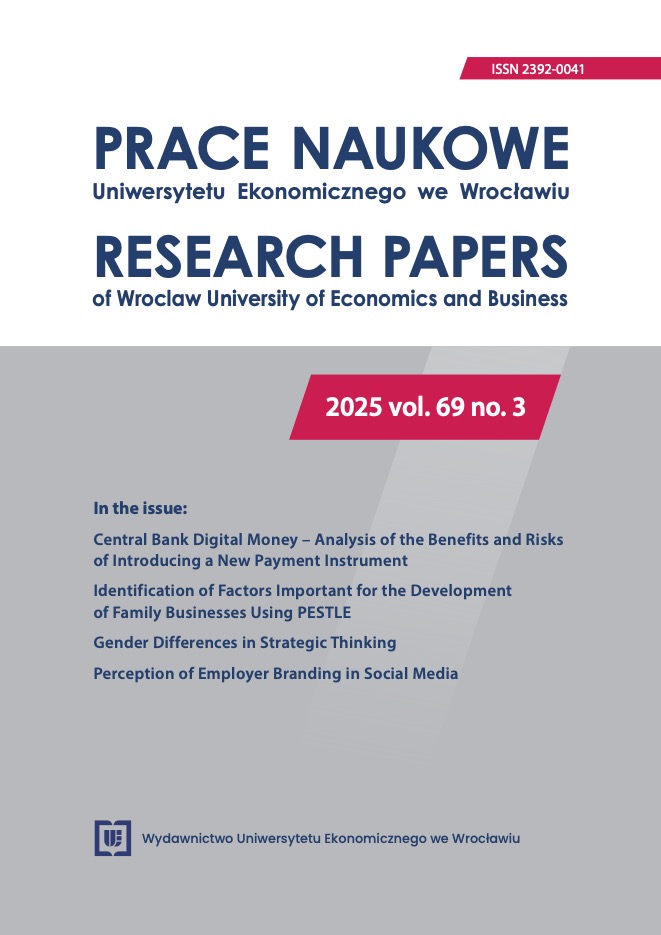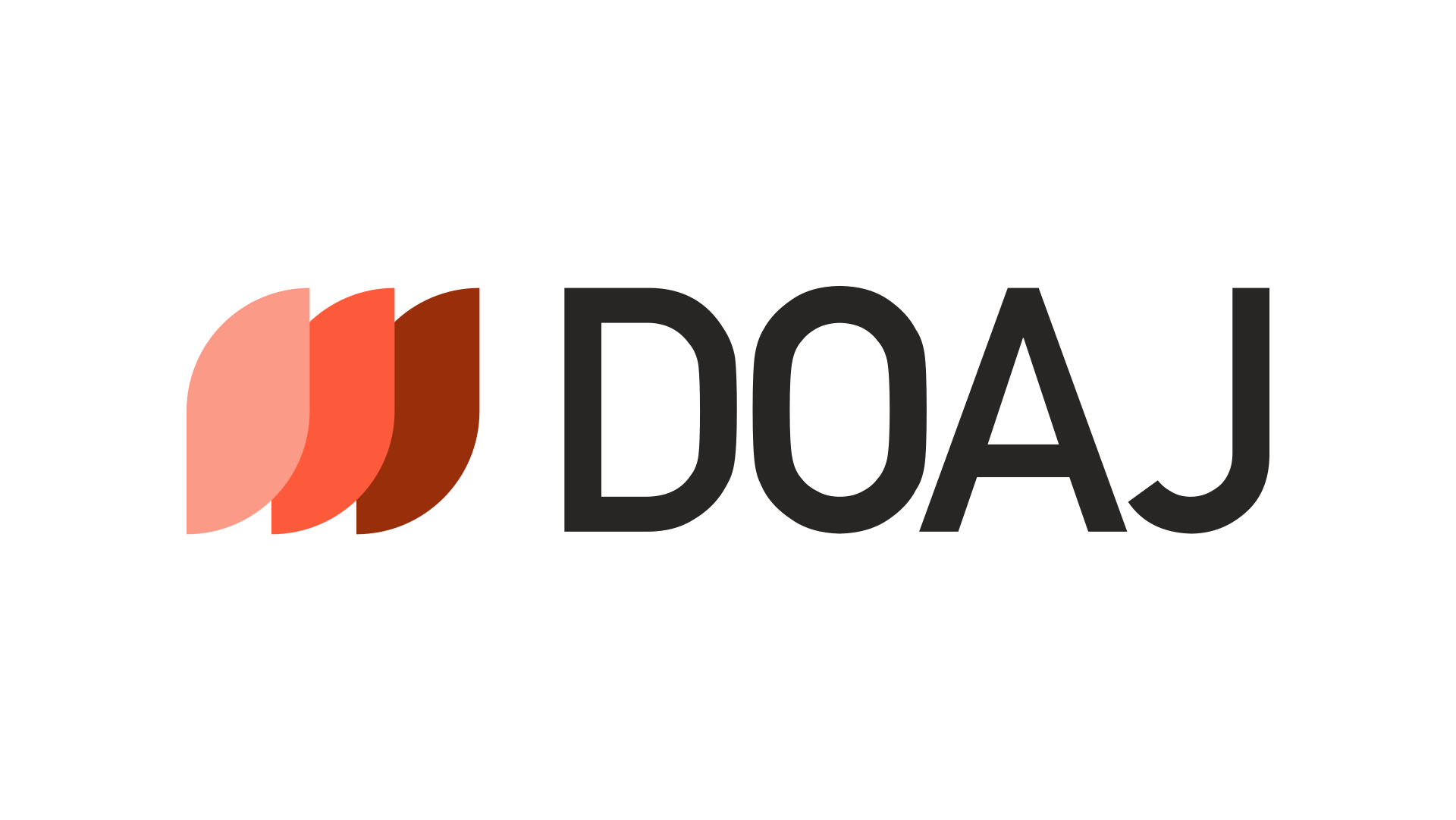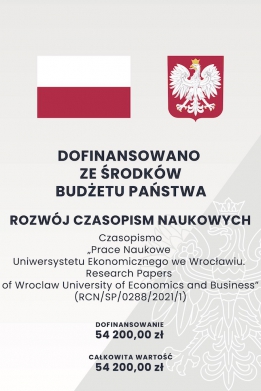Business Model as a Determinant of Risk Disclosures in the Annual Reports of Selected Airlines
DOI:
https://doi.org/10.15611/pn.2025.3.07Keywords:
risk reporting, airlines, narrative disclusures, reputational riskAbstract
Aim: The aim of this article is to analyze narrative risk disclosures in the annual reports of four airlines: Delta Air Lines, Lufthansa, Ryanair, and Enter Air for the years 2018-2022. Particular attention was paid to identifying changes in the scope and manner of risk disclosures by entities under the shared macro risk conditions caused by the COVID-19 pandemic.
Methodology: The study was conducted using qualitative content analysis. The analysis covered the identification of disclosed categories of risk and the assessment of changes in the narrative and interpretation of risks over time and between entities.
Results: The findings indicate significant differences in the volume, detail, and prioritization of reported risk factors among the analyzed airlines. It was shown that the business model acts as a filter shaping the scope and manner of narrative risk reporting. The COVID-19 pandemic and the increasing importance of sustainability requirements had a clear impact on the changes in report contents.
Implications and recommendations: the study confirms that risk reporting, including the airline sector itself, requires greater consistency and transparency in disclosures. Further research is recommended on the impact of internal determinants, such as business models and strategies, on risk disclosure practices.
Originality/value: The article offers a novel perspective on the determinants of risk reporting in the airline sector, highlighting the importance of the business model as a contextual variable shaping the narrative of risk factors and their relevance to the entity’s future value.
Downloads
References
Beretta, S. i Bozzolan, S. (2004). A Framework for the Analysis of Firm Risk Communication. The International Journal of Accounting, 39(3), 265-288. https://doi.org/10.1016/j.intacc.2004.06.006
Cazier, R. A., McMullin, J. L. i Treu, J. S. (2021). Are Lengthy and Boilerplate Risk Factor Disclosures Inadequate? An Examination of Judicial and Regulatory Assessments of Risk Factor Language. The Accounting Review, 96(4), 131-155.
Crovini, C., Giunta, F., Nielsen, C. i Simoni, L. (2024). Market Valuation of Risk Reporting: The Role of Business Model Disclosure. Abacus. https://doi.org/10.1111/abac.12342
Dobler, M. (2008). Incentives for Risk Reporting – A Discretionary Disclosure and Cheap Talk Approach. The International Journal of Accounting, 43(2), 184-206.
Elshandidy, T., Shrives, P., Bamber, M. i Abraham, S. (2018). Risk Reporting: A Review of the Literature and Implications for Future Research. Journal of Accounting Literature, 40(1), 54-82.
Elzahar, H. i Hussainey, K. (2012). Determinants of Narrative Risk Disclosures in UK Interim Reports. Journal of Risk Finance, 13(2), 133-147. https://doi.org/10.1108/15265941211203189
Godawska, J. (2024). Ujawnienia dotyczące czynników ryzyka środowiskowego w raportach 10-K amerykańskich firm energetycznych. Zeszyty Teoretyczne Rachunkowości, 48(2), 37-54.
Jones, M. J. i Shoemaker, P. A. (1994). Accounting Narratives: A Review of Empirical Studies of Content and Readability. Journal of Accounting Literature, 13, 142-184.
Karmańska, A. i Łada, M. (2019). Ujawnianie obszarów i czynników ryzyka w sprawozdaniach z działalności spółek giełdowych – obserwacje wobec zmian regulacji prawnych. Zeszyty Teoretyczne Rachunkowości, 103(159), 39-61.
Karmańska, A. i Łada, M. (2021). Koncepcja indeksu dojrzałości narracyjnych ujawnień obszarów i czynników ryzyka. Zeszyty Teoretyczne Rachunkowości, 45(3), 153-169.
Khlif, H. i Hussainey, K. (2016). The Association Between Risk Disclosure and Firm Characteristics: A Meta-Analysis. Journal of Risk Research, 19, 181-211. https://doi.org/10.1080/13669877.2014.961514
Linsley, P. M. i Shrives, P. J. (2006). Risk Reporting: A Study of Risk Disclosures in the Annual Reports of UK Companies. The British Accounting Review, 38(4), 387-404. https://doi.org/10.1016/j.bar.2006.05.002
Łada, M. (2021). Rachunkowość jako produkt i narzędzie legitymizacji. Oficyna Wydawnicza SGH.
Mrówka, R. i Aluchna, M. (2021). Ewolucja raportowania niefinansowego. Perspektywa teoretyczna i weryfikacja praktyczna. Wydawnictwo SGH.
Raulinajtys-Grzybek, M., Karwowski, M. i Świderska, G. K. (2018). Raport zintegrowany jako źródło informacji o podejściu przedsiębiorstwa do zarządzania ryzykiem. Zeszyty Teoretyczne Rachunkowości, 98(154), 203-224.
Steenkamp, N. i Northcott, D. (2007). Content Analysis in Accounting Research: The Practical Challenges. Australian Accounting Review, 17(43), 12-25.
Szczepankiewicz, E. (2013). Ryzyka ujawniane w zintegrowanym sprawozdaniu przedsiębiorstwa społecznie odpowiedzialnego. Ekonomika i Organizacja Przedsiębiorstwa, 5, 71-82.
Tahat, Y., Dunne, T., Fifield, S. i Power, D. (2019). Risk-Related Disclosure: A Review of the Literature and an Agenda for Future Research. Accounting Forum, 43(2), 193-219.
Weber, V. i Müssig, A. (2022). The Effect of Business Strategy on Risk Disclosure. Accounting in Europe, 19, 190-225. https://doi.org/10.1080/17449480.2021.2018473
Zyznarska-Dworczak, B. (2016). Rozwój sprawozdawczości niefinansowej a możliwości jej zewnętrznej weryfikacji. Studia Ekonomiczne. Zeszyty Naukowe Uniwersytetu Ekonomicznego w Katowicach, (285), 218-227.
Downloads
Published
License
Copyright (c) 2025 Monika Łada, Bartosz Giernalczyk

This work is licensed under a Creative Commons Attribution-ShareAlike 4.0 International License.
Accepted 2025-05-10
Published 2025-10-07









